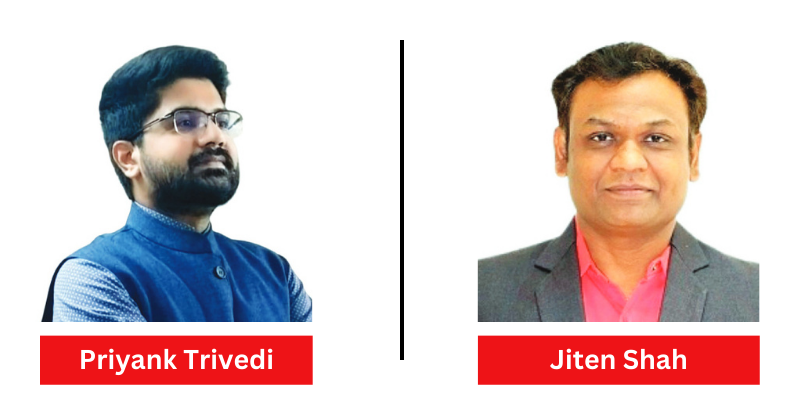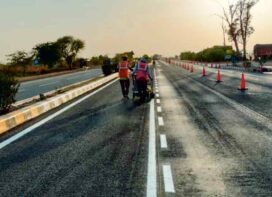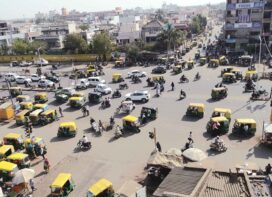Priyank Trivedi and Jiten Shah, Civil Engineering Department, Institute of Infrastructure Technology Research and Management [IITRAM], Ahmedabad, examine how crash severity can be ranked by integrating the Multi-Criteria Decision-Making approach

The escalating number of motorized vehicles in India has resulted in a surge in road crash fatalities though in the past five years, there has been a decrease in the overall incidence of road crashes in India. The present concerning state of affairs indicates a pressing necessity for a comprehensive evaluation of crash severity on a national scale. The absence of adequate systems for the collection and reporting of crash data poses a significant challenge to the mathematical modelling and analysis of road crashes in India. Consequently, the primary source of data for crash analysis research in India is the annual road accident report of the Ministry of Road Transport and Highways (MORTH).
The examination of the annual road accident report by the Ministry of Road Transport and Highways has brought to light the observation that the evaluation of the gravity of road accidents in India is restricted to the fatality ratio per 100 crashes. This ratio is also used in the ranking of severity by state. The aforementioned practices indicate a conspicuous absence of integration of data pertaining to grievous injury, minor injury, and no injury crashes and rank the respective Indian states accordingly. It is recommended to include a broader range of criteria in order to conduct a comprehensive severity analysis. Therefore, the objective of our study is to propose a new methodology for evaluating the severity of road accidents by incorporating all crash types that are classified based on injury.
The study utilized multi-criteria decision-making (MCDM) methods to analyze severity rankings of road crash data from all Indian states in 2019, including Andhra Pradesh, Arunachal Pradesh, Bihar, and others. The present study employed two distinct methodologies, namely the Analytical Hierarchy Process (AHP) and Technique for Order Performance by Similarity to an Ideal Solution (TOPSIS). It is noteworthy that the utilization of MCDM techniques facilitated the integration of crash data categorized by injury severity and yielded unambiguous rankings.
The analysis of the correlation between the rankings generated by the two MCDM techniques has demonstrated the soundness of the research proposal. The results that have been validated indicate that Uttar Pradesh, Karnataka, Maharashtra, Kerala, Madhya Pradesh, and Tamil Nadu are the Indian states that have the highest severity values. The research findings reveal a distinctive graph depicting the distribution of cumulative injury severity that underscores that half of the cumulative severity for the year 2019 is attributed to six specific states.

Following are the important highlights of the research:
- The current study emphasizes the potential of the suggested method to achieve the most comprehensive integration of all crash types classified by injury, in contrast to conventional practices of severity analysis.
- The Rankings generated by AHP and TOPSIS methods are in the highest agreement.
- The possible application of this research with the Road Accident Database (iRAD) of India will establish a comprehensive and reliable system for ranking the severity of road crashes in various states/ cities/ any geographic boundaries.
- Providing strong evidence of actual conditions, this integrated crash severity ranking approach could prove to be a handy tool to form priority-based road safety interventions strategies.
- The transfer and application of the proposed approach are possible by modifying the principal data table according to the road crash data of each State.
Additionally, there is an effort to develop severity analysis models that are applicable to the unique conditions of India, given the limited availability of dependable road crash data sources. It is believed that the crash modelling endeavors will have significant practical implications, enabling government officials, policymakers, and researchers to utilize them in the field.
Priyank Trivedi Received LMIC Scholarship to present this research at Australasian Road Safety Conference (ARSC2021).
 TrafficInfraTech Magazine Linking People Places & Progress
TrafficInfraTech Magazine Linking People Places & Progress


